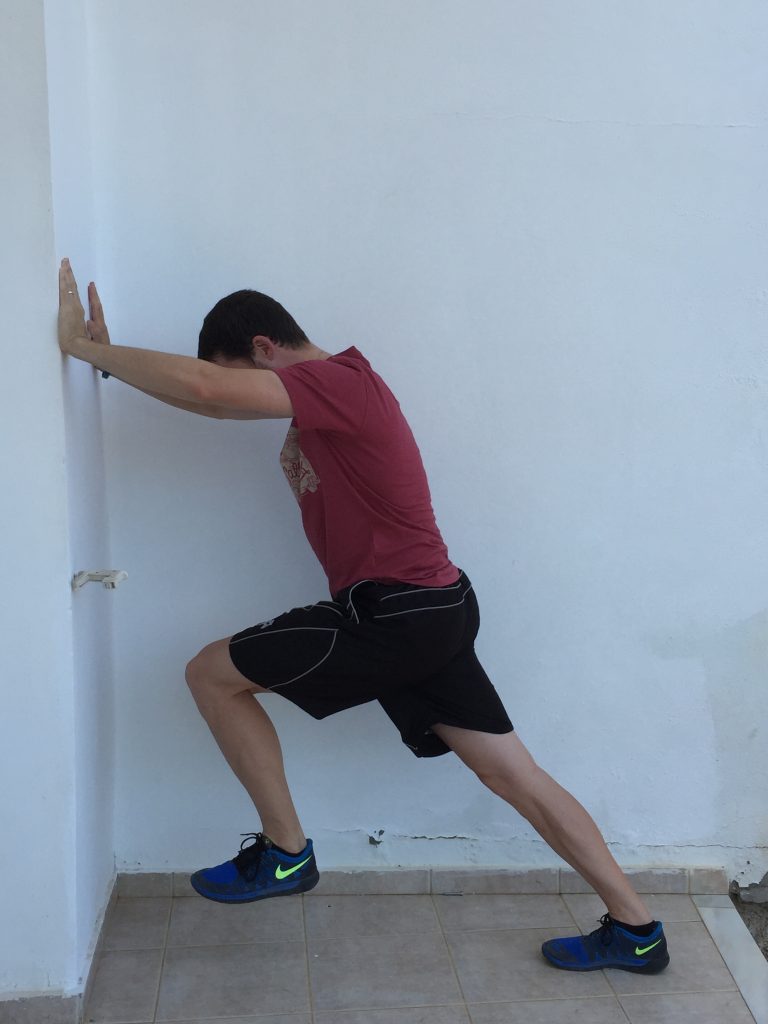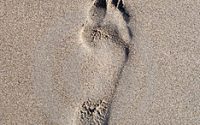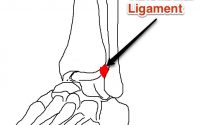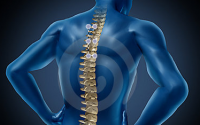Ankle Rehab Strategies
Last week raised a few questions on the rehab strategies I used in the sessions to get back to playing.
It doesn’t really matter if it is a quick return or if it’s a more significant sprain that takes longer, the process of regaining ROM, strength, balance power still has to happen. So, today we will look at the different strategies we can use to achieve these treatment and rehab goals.
Range of Motion
Range of Motion is key to regain as soon as it is appropriate to do so. You have to be a little cautious with Dorsiflexion in the early stages to make sure you aren’t interrupting the healing. Clearly, this is a clinical judgement. The rest of the foot you can get cracking on more quickly. I like getting sub talar, mid tarsal and 1st ray motions going ASAP. These can all be done off weight bearing and pain free.
If things are very painful these off weight bearing manual therapy mobs are a great way to get things going combined with a bit of STM and IASTM.
When things begin to progress and you want to work Dorsiflexion I prefer to do this on weight bearing. The dorsiflexion matrix is the way to go here. You can make it as low or high intensity as you want, which means with the same 3 exercises they can be progressed and regressed as required by the individual patient. Click the link see how to do the Dorsiflexion Matrix.

Balance
Once you are clear to weight bear on one leg you can get cracking with the balance work. You just want to get things back coordinating well at a low level, so there’s no need to be too extravagant, get them on the one leg and see how they go, if that’s too easy…progress them on. I personally like balance reach matrix, which is simply driving the leg in the air in all 3 planes while maintaining balance on the injured leg.
You can add lots of variety of challenge gradually…throwing and catching, juggling, unstable surface…etc. All of this is good stuff and the variety is good for rehab and good to stop the patient getting bored.
Strength and Power
Clearly, there is lots of overlap between strength/power and what you have been doing in balance work. All the work you are doing with balance will be essential if you want them to be strong and powerful.
In the early stages you probably get enough exercise stimulus from the weight bearing in the boot. Then gradually as they ween out of the boot the strength really starts to get going. In the interim you can utilise pool rehab. This will offload from full weight bearing, but allow good quality movement and a good loading stimulus. Again, it’s a clinical decision as to when you do this and how intense it is.
Personally, I like just walking in the pool…it’s harder than you think and you can get a good workout. Though I tend to break it up with a little routine of walking for 5 widths, then exercises, walk 5 widths, exercises…etc. During the exercise period you can do anything really, but squats, lunges, calf raises, hip mobility, ankle mobility, anything you like really! Mix it up, make it fun 🙂
Bringing it Together
There is lots of overlap in any rehab timeline…it’s not work on ROM for a couple of weeks, then balance for 3 weeks…etc!! That would never work well. Also, as you are creating better balance, their coordination will improve and their strength and power, so it’s a 3D jigsaw you have to put together. Having said that, you want to keep hitting up these different areas through the timeline to varying degrees to get the best outcome for the individual.
The only thing I would add is that if you are not just aiming for health and going on to sports performance, you’ll need to push on to sports specific function. Taking these basic building blocks and pushing them to performance level is a whole new blog post 🙂
If you are interested in learning more about the foot and ankle from a functional perspective try this…The Foot and Ankle in Function
Physioblogger


